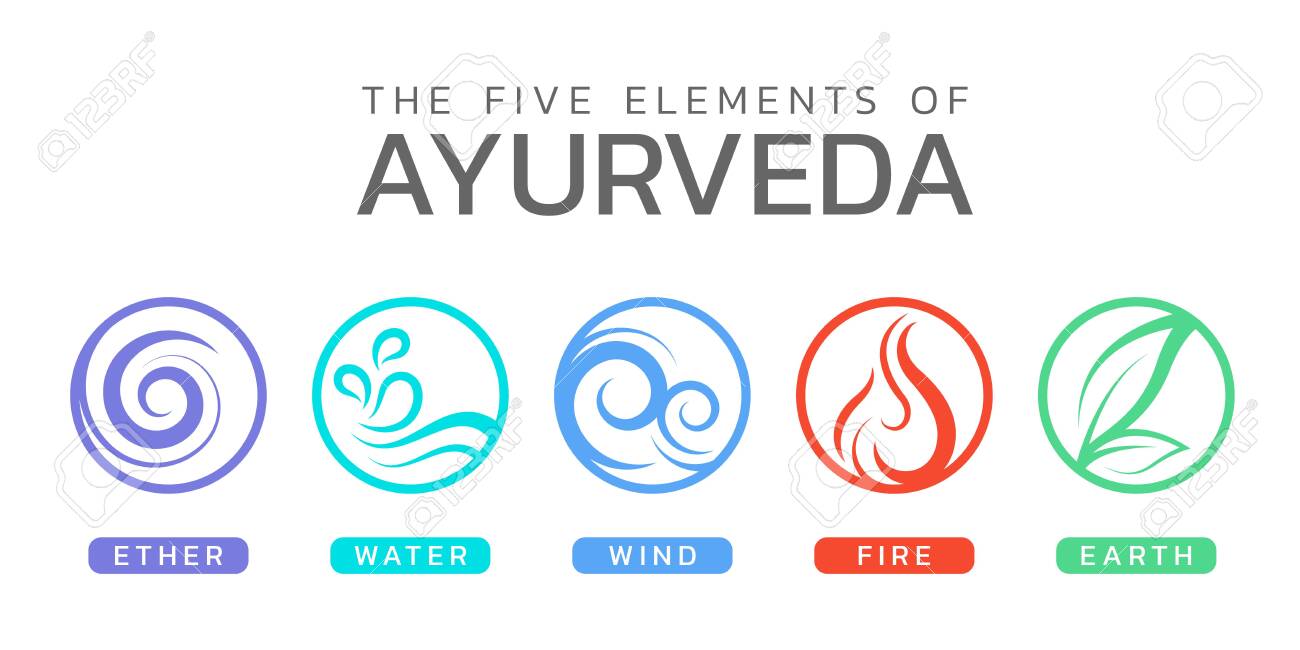According to the classical Indian philosophy from which both Ayurveda and yoga originate, there are four goals of life.


What is Ayurveda?


“Ayurveda is the knowledge of happy and unhappy, a good and bad life, and that which contributes to those four aspects.”
Ayurveda means “science of life,” and is comprised of a vast body of information about healthy living and treating disease. It covers areas of medicine that range from psychology to surgery, and pediatrics to geriatrics. Originally passed on through word of mouth, Ayurvedic knowledge was eventually written down in the ancient Indian language Sanskrit. Charaka, Sushruta, and Vagbhata are the authors of the three main classical Ayurvedic scriptures.
Ayurveda and yoga


In recent times, Ayurveda has expanded beyond India into the modern Western world, where its focus on health and overall well-being has been widely appreciated, and this has contributed to its growing popularity. Ayurveda and yoga are two sister sciences that both come from the same philosophy. However, Ayurveda focuses primarily on the goal of dharma (living the right way), while yoga focuses primarily on the goal of moksha (enlightenment). Both are practical systems with a holistic perspective — people are seen as beings with a unified body, mind, and consciousness. Those who visit the Sivananda Vedanta Centers across the world will find both yoga and Ayurveda taught and practiced there side by side.
The Four Goals Of Life
1. DHARMA – The Right Way Of Living
Dharma is the principle of living one’s life in a way that promotes inner and outer health and harmony and is in accordance with the universal principle of peace. Following dharma means to be truthful to one’s nature, and acts from a sense of duty and respect toward it, rather than being driven by compulsive habits. This means living life with a sense of responsibility toward oneself, other people, and the world as a whole, and acting for the good of all.
2. ARTHA – Material Wealth
A certain amount of money is needed to comfortably support oneself. Ayurveda and yoga place no judgment on the gaining of wealth, as long as it is done without causing harm to others, and that any abundance is shared.
3. MOKSHA – Enlightenment
Moksha means to overcome our limitations and become truly free within. This is a freedom from identification with the body and mind and the realization that our true nature is a consciousness beyond those two things. This is a very difficult goal, and so the practices of Hatha and raja yoga are devised to help one achieve it.
4. KAMA – Sensory Pleasure
Ayurveda and yoga recommend moderation when it comes to the pursuit of sensory pleasure. While it is beneficial to experience the positive influences of art and nature, overindulging the senses can lead to addiction, frustration, and disease.
What Are My Goals?
Sit in a comfortable position, close your eyes, and relax your body and mind. Detach yourself from the concerns of the past and future, and focus on the now. Ask yourself the following questions and let answers come from a deeper part of yourself:
- What is my purpose in life?
- How can I contribute to this world?
- What are my values and how can I uplift them?
- What gives me the highest amount of contentment?
- What is the next step in my development?






Leave a Reply